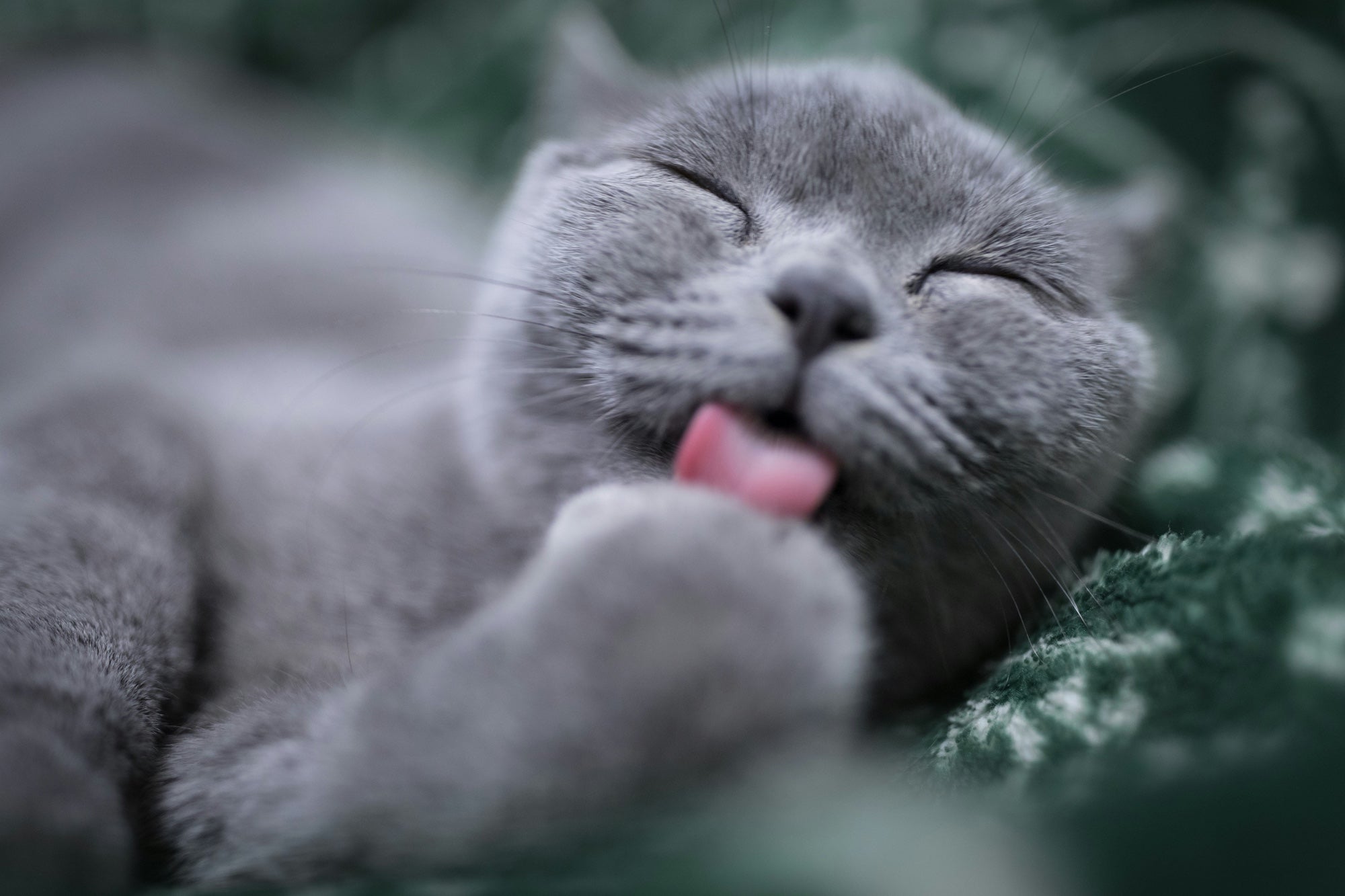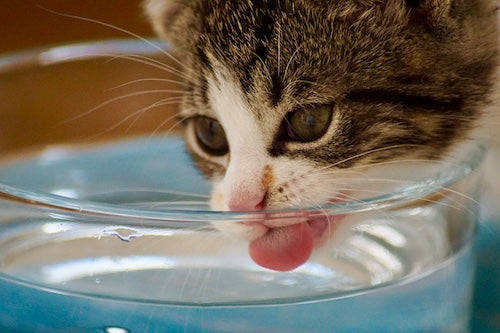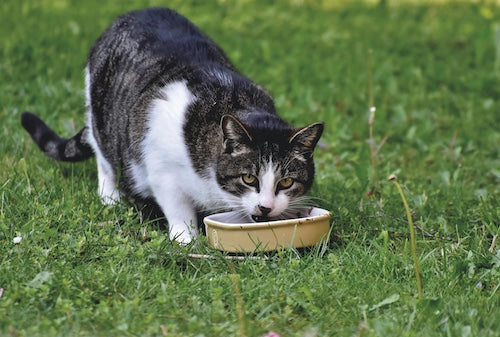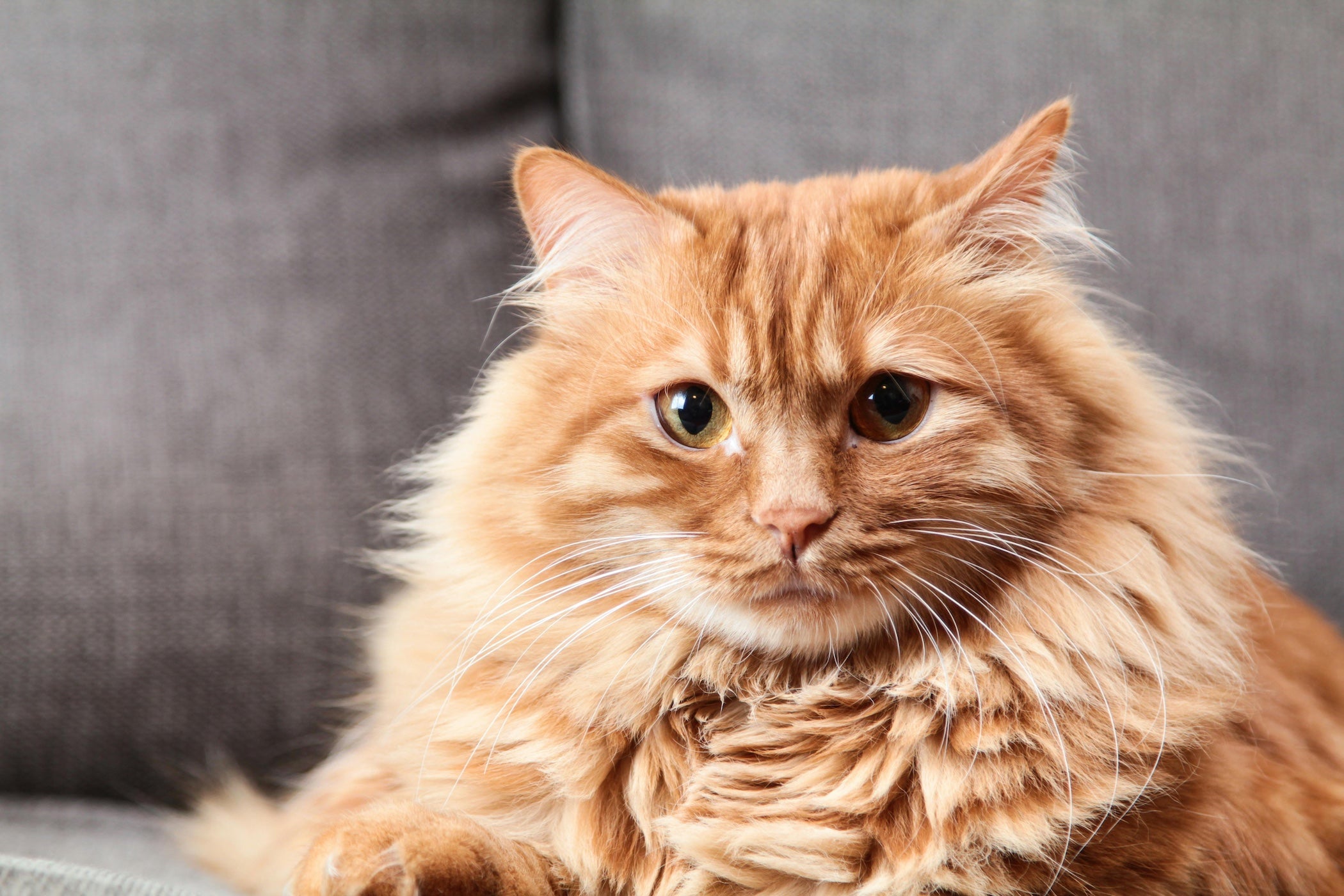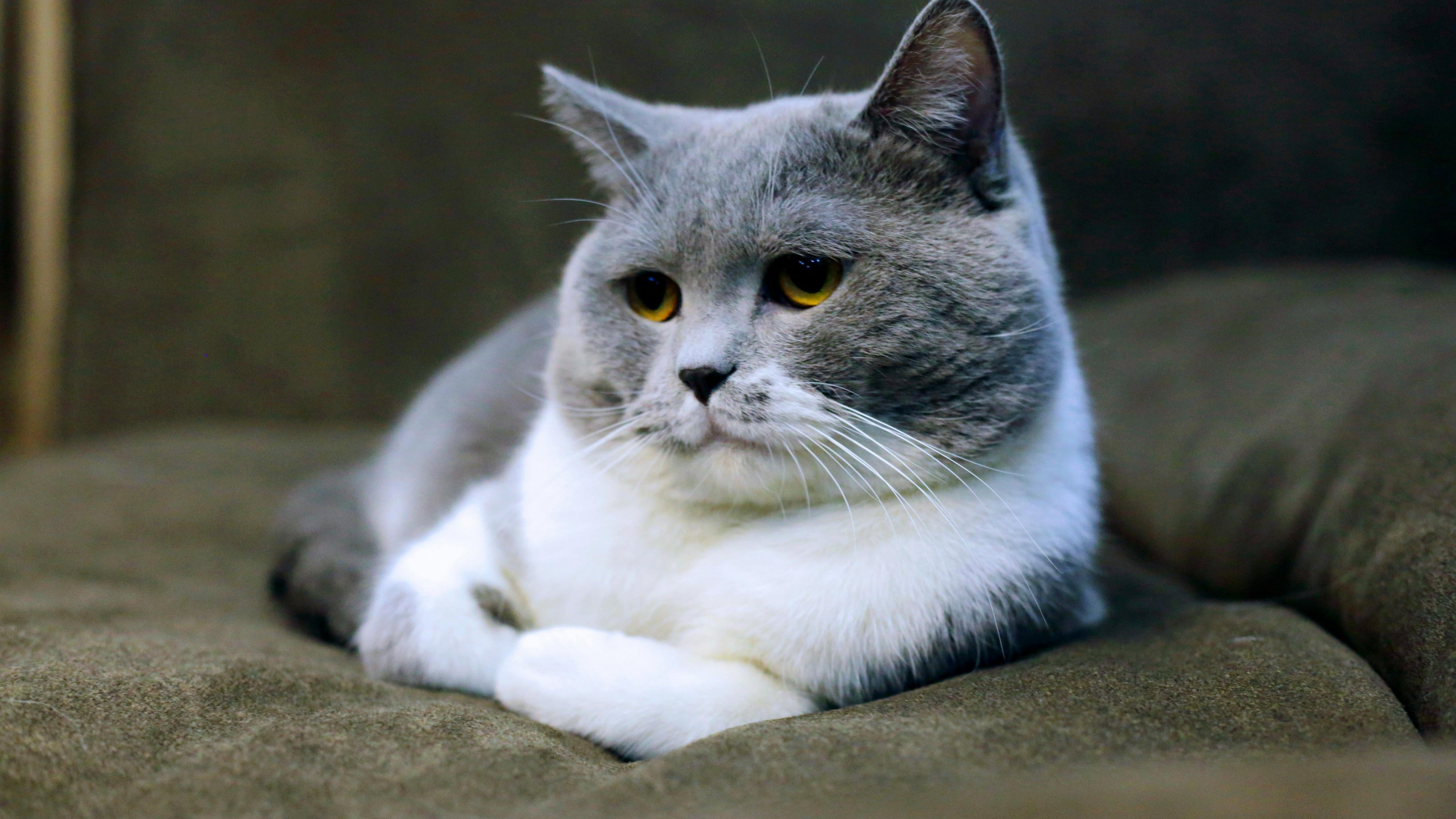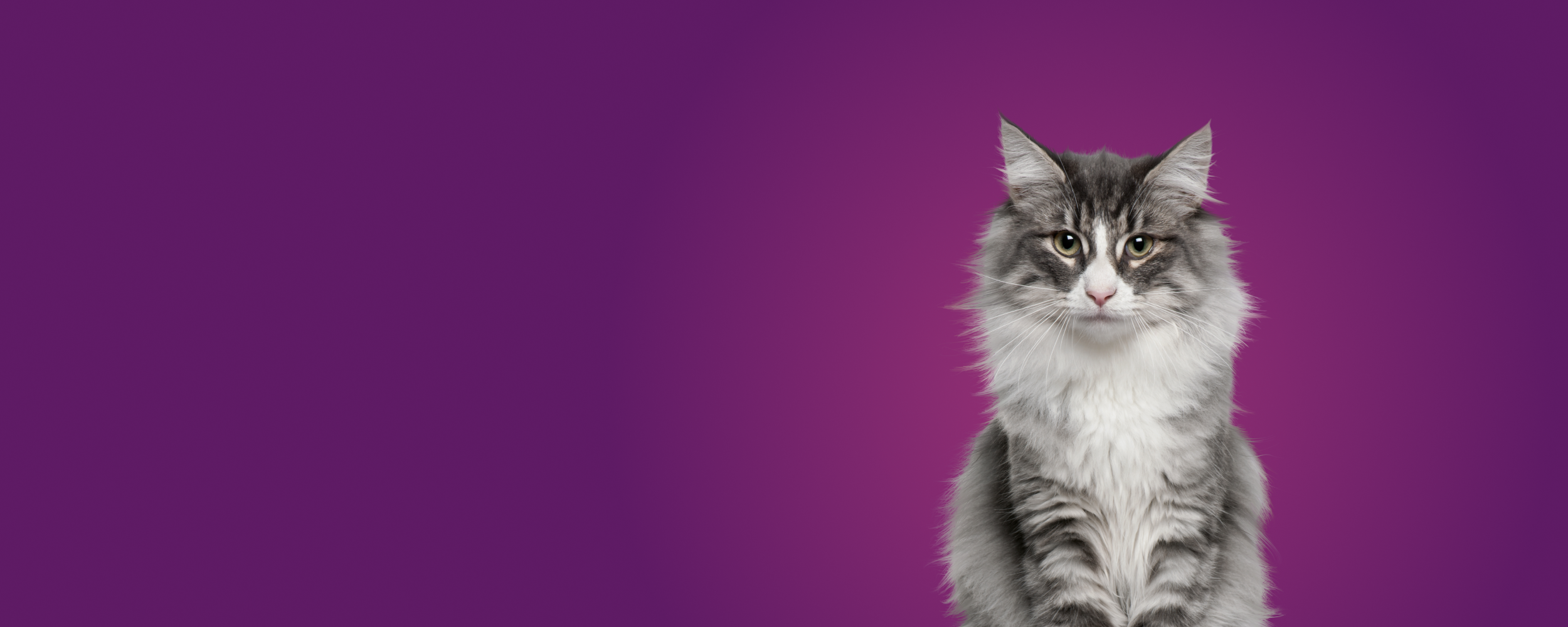Does your cat have a urinary condition?
Urinary conditions are painful, frustrating and can even be life threatening in cats, so it's important to know the signs.
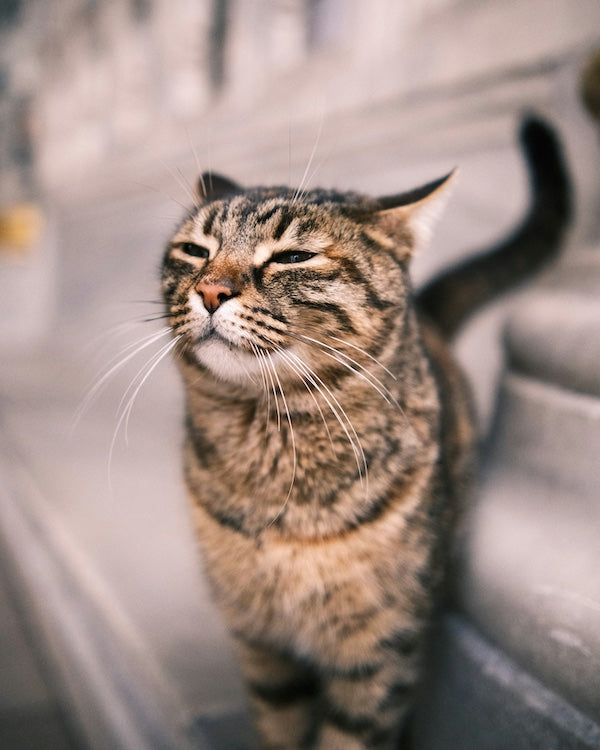
Urinary disorders are more common in cats than you might think.
Urinary disorders include bladder stones/crystals, infections, FLUTD and idiopathic cystitis – and treatment will depend on the correct diagnosis. Chronic renal (kidney) disease is a common disease in cats, particularly older cats. If you suspect your cat has a urinary condition, contact your vet immediately.
Traditionally all urinary conditions were treated with medication only. More recent work has shown that some conditions could be linked to lifestyle factors such as boredom, stress and obesity. Therefore, making changes to the diet and environment can help to keep your cat’s urinary tract healthy. Read on for our top tips for avoiding urinary problems in your cat.
How to encourage a cat to drink:
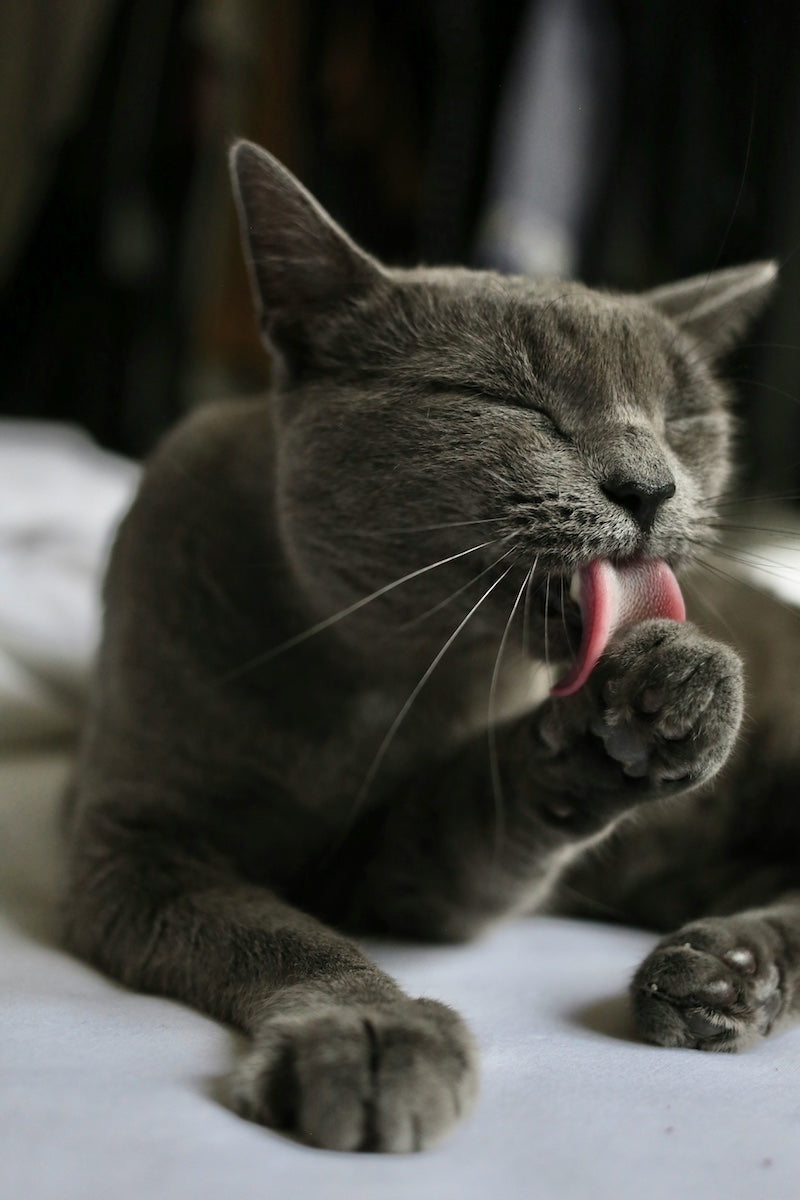
Does diet affect my cat's urinary health?
Yes. Increasing the water content of your cat’s diet is essential for cats prone to urinary problems, however there are other dietary considerations to maintain a healthy urinary system. A natural, good quality food such as Burns will be easy to digest, so the daily feeding amounts are lower. Avoiding ingredients such as sugar means the urine is a less favourable environment for bacteria to thrive. A better quality diet may reduce waste products in the urine which can irritate the bladder.
See Burns Cat Food Feeding Amounts here.

